
High-Frequency Brazing vs. Flame Welding: Which Technology Will Reshape the Future of Global Copper Tube Connections?
Subtitle: As the global copper tube industry faces unprecedented demands for precision, sustainability, and efficiency, a quiet revolution in joining technologies is reshaping manufacturing landscapes. But which method will dominate: the established flame welding or the innovative high-frequency brazing?
The Core Conflict: Tradition vs. Innovation in Copper Tube Joining
The global copper tube industry, long reliant on traditional flame welding, is at a crossroads. Two distinct technological paths are emerging:
- Flame Welding: A century-old method widely used for its flexibility and low upfront costs but plagued by inconsistencies and high energy waste.
- High-Frequency Brazing: A advanced process using electromagnetic induction to create precise, repeatable joints with minimal thermal distortion.

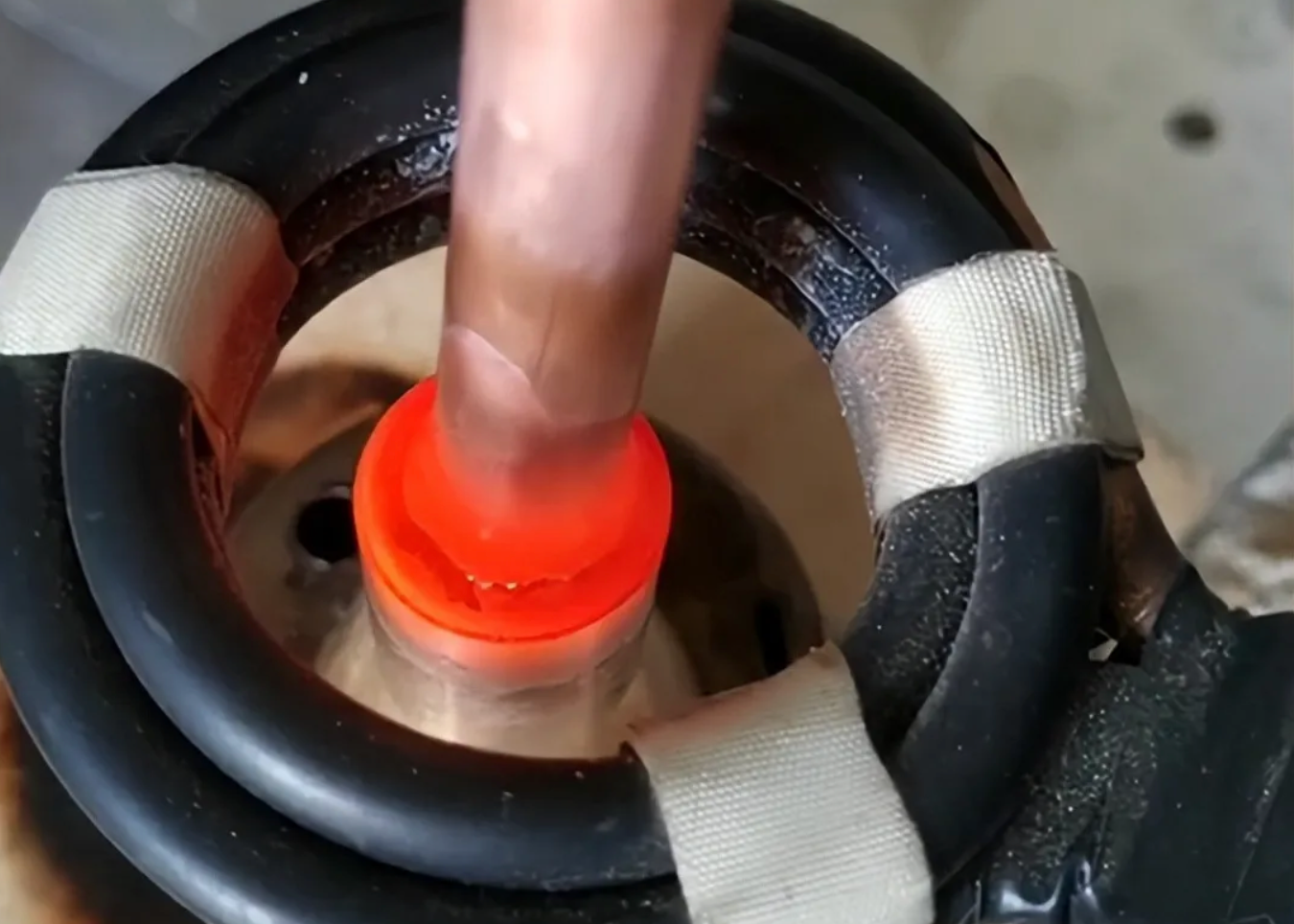
The stakes are high. With copper tubes integral to sectors ranging from HVACR (heating, ventilation, air conditioning, and refrigeration) to medical gas systems and electric vehicle battery cooling, the joining method directly impacts product safety, energy consumption, and lifecycle costs. As global demand for copper tubes in HVACR applications alone accounts for over 35% of market share, the industry’s technological choice will reverberate across supply chains.
Table 1: Key Technical and Economic Comparison Between High-Frequency Brazing and Flame Welding
|
Parameter |
Flame Welding |
High-Frequency Brazing |
Advantage Impact |
|
Temperature Control |
±200°C fluctuation |
±10°C precision |
Prevents overheating, preserves material integrity |
|
Process Speed |
60+ seconds/joint |
15–30 seconds/joint |
3x faster production cycles |
|
Energy Efficiency |
<30% utilization |
>85% utilization |
80% lower energy cost/joint |
|
Defect Rate |
5–8% (typical) |
<1% (with AI inspection) |
Reduces rework and recalls |
|
Operator Dependency |
High (6-month training) |
Low (automated) |
Cuts labor costs by 70% |
|
CO₂ Emissions/Joint |
High (gas combustion) |
Negligible (electric) |
Supports ESG goals |
Market Drivers: Why the Shift Is Accelerating
Global Regulatory Pressures
- Environmental Standards: The EU’s updated EcoDesign Directive (2025) mandates a 30% reduction in embedded carbonfor HVACR equipment, pushing manufacturers toward high-frequency brazing’s zero-combustion emissions.
- Safety Protocols: With flammable refrigerants like R290 gaining traction, high-frequency brazing’s flameless process mitigates explosion risks—a critical advantage over flame welding.
Economic Imperatives
- Total Cost of Ownership: While flame welding equipment costs 5,000–10,000(perunit),high−frequencysystemsrequire200,000–500,000 upfront. However, operational savings are dramatic: per-joint costs drop from 2.50(flame)to0.80 (brazing), yielding ROI within 1–2 years for medium-to-large producers.
- Supply Chain Integration: As seen in a case study of a major Chinese air-conditioner manufacturer, switching to high-frequency brazing slashed annual warranty claims by $1.2 millionand cut assembly line labor by 70%.
Regional Adoption Patterns: East-West Divergence
|
Region |
Dominant Technology |
Key Drivers |
Leading Players |
|
Asia-Pacific |
Hybrid (60% flame, 40% brazing) |
Cost sensitivity, high volume |
Haier, Midea, Gree |
|
Europe |
70% high-frequency brazing |
Green regulations, premium segments |
Wieland, KME Group |
|
North America |
50/50 split |
Reliability focus, liability concerns |
Mueller Industries, Cerro |
Asia’s Pragmatic Balance
In China and Southeast Asia, where copper tube exports hit 200,000 tonnes in H1 2025, manufacturers often retain flame welding for low-cost residential units but adopt brazing for premium products. This dual-track approach aligns with the region’s export mix: small-diameter tubes (≤25mm) for mass-market air conditioners (62% of output) continue using flame welding, while high-margin applications like medical gas systems or EV cooling lines increasingly leverage brazing.
Europe’s Regulatory Leap
EU mandates are making high-frequency brazing the default for contractors seeking compliance. German engineering firm Wieland, for example, now uses the process for 95% of its copper water tube production, citing conformity with the Blue Angel eco-label.
Technical Deep Dive: The Mechanics of Superiority
Precision Engineering
- Induction Heating: High-frequency brazing uses 50–100 kHz electromagnetic fields to generate eddy currents directly within the copper tube’s surface, achieving 600–750°C in 3–10 seconds without open flames. This eliminates heat-affected zones that weaken joints in flame welding.
- AI-Enhanced Quality Control: Integrated thermal cameras and machine learning algorithms scan each joint in real-time, detecting micro-leaks invisible to the human eye. One manufacturer reported a 99.5% defect-free rate post-adoption.
Material Science Innovations
- Advanced Filler Alloys: New copper-phosphorus (BCuP-2) and silver-based fillers designed for brazing improve wicking action, enabling stronger capillary flow into joints. This is critical for high-pressure applications like industrial refrigeration.
The Sustainability Quotient: Beyond Operational Efficiency
Carbon Footprint Reduction
- High-frequency brazing slashes energy use per joint by 80%, from >0.5 kWh (flame) to <0.1 kWh. For a mid-sized plant with 10 million annual joints, this cuts 4,000 tonnes of CO₂ emissions.
- Circular Economy Alignment: The process supports remanufacturing—copper tubes reclaimed from retired systems can be rejoined without quality loss, supporting the EU’s 55% recycling target for metallic components by 2030.
The Human Factor: Skills Transition and Training
Flame Welding’s Labor Intensity
- Traditional welding requires 6+ months of training, and skilled artisans are aging out. In the EU, the average age of flame-weld specialists is 54 years, creating a succession crisis.
High-Frequency Brazing’s Automation Edge
- PLC-controlled brazing systems need only 2–4 weeks of operator training. A Chinese plant that automated reported 70% lower labor costs and faster production changeovers
The Inevitable Transition
The copper tube joining debate is less about outright replacement and more about strategic coexistence. While flame welding’s simplicity ensures its place in emerging economies and maintenance work, high-frequency brazing’s precision, safety, and sustainability make it the definitive choice for high-stakes, high-volume applications. The winners will be manufacturers that invest in brazing for their core lines while retaining flame welding for flexibility—a dual approach that mirrors the global industry’s split personality: tradition-tethered yet innovation-driven.
Product Category
Content
- 1 The Core Conflict: Tradition vs. Innovation in Copper Tube Joining
- 2 Market Drivers: Why the Shift Is Accelerating
- 3 Regional Adoption Patterns: East-West Divergence
- 4 Technical Deep Dive: The Mechanics of Superiority
- 5 The Sustainability Quotient: Beyond Operational Efficiency
- 6 The Human Factor: Skills Transition and Training
- 7 The Inevitable Transition
Related news
-
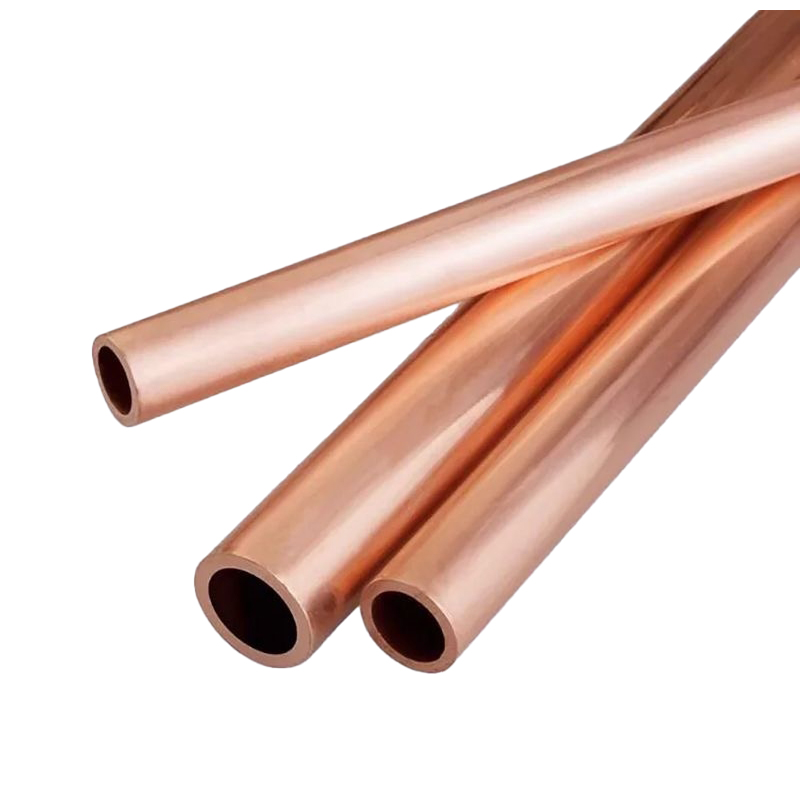
What is a thick-walled copper tube? Thick-walled copper tube, also known as seamless thick-walled copper tube, is a high-performance metal tube made o...
See Details -
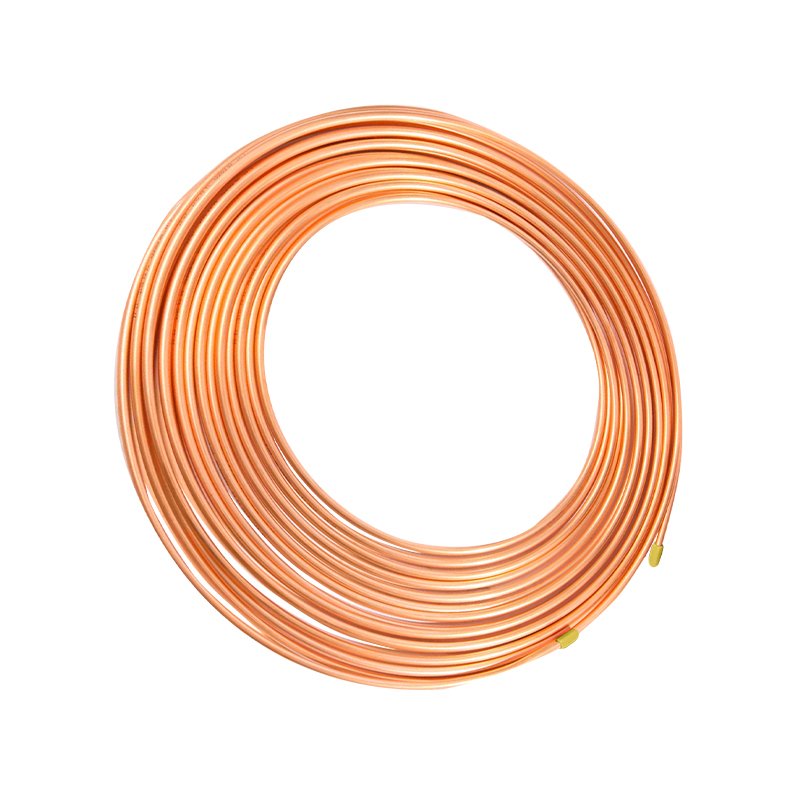
Overview and Importance of Copper Capillary Tube In modern industrial equipment and precision control systems, miniaturization and high precision have...
See Details -
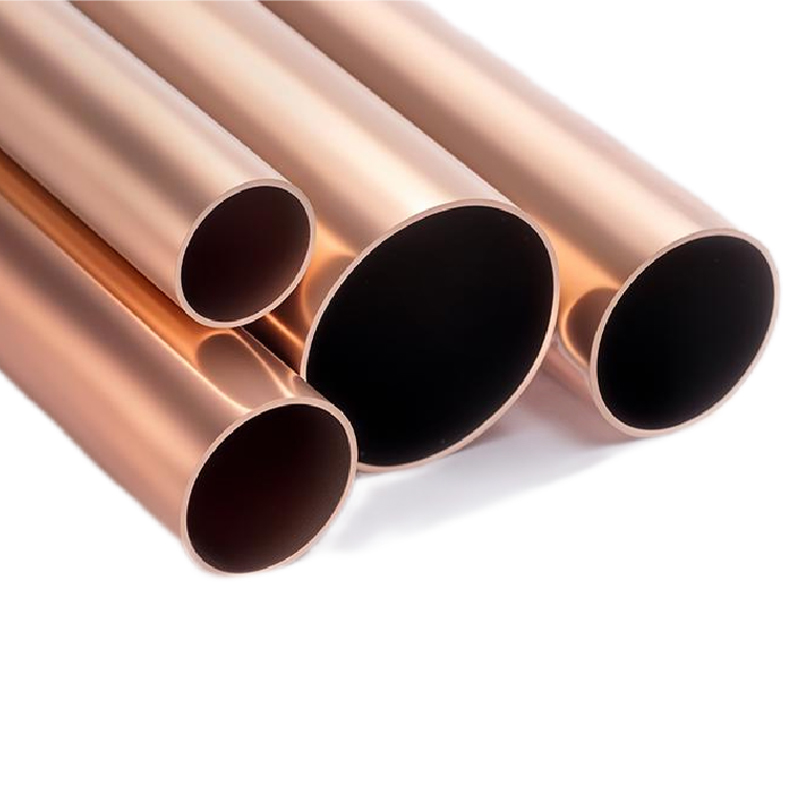
What is a copper tube? Analysis of material composition and basic characteristics Definition of copper tube Copper tube is a tubular object made of co...
See Details -
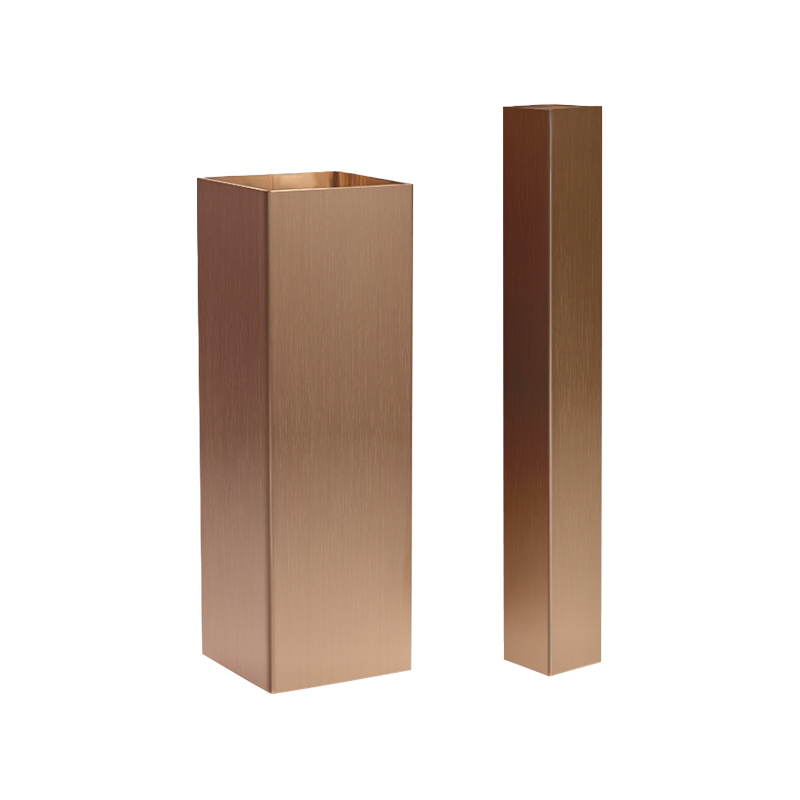
Understanding Copper Square Tubes: Composition, Grades, and Typical Applications Copper square tubes are specialized extrusions that combine the super...
See Details

 English
English Español
Español